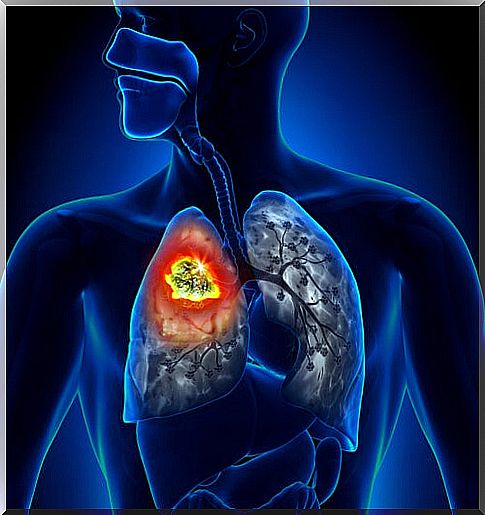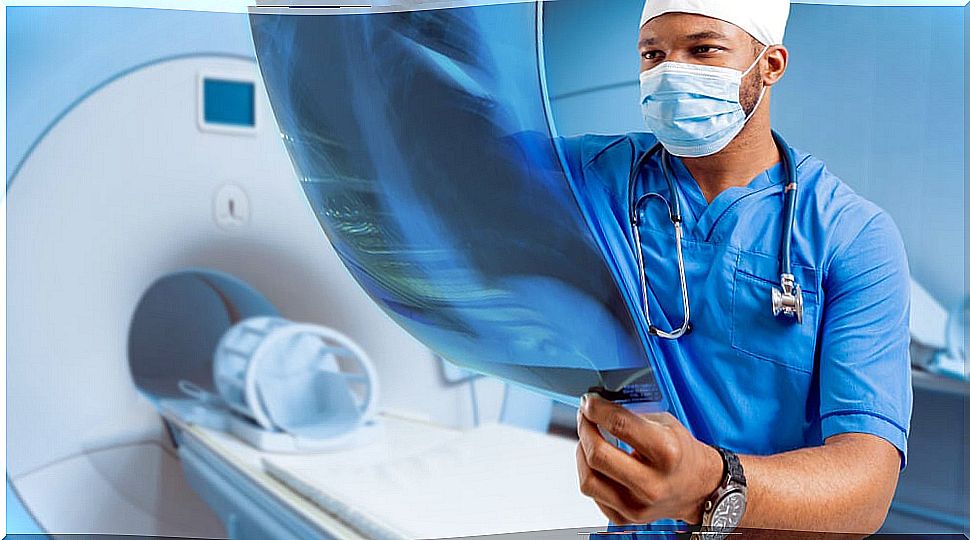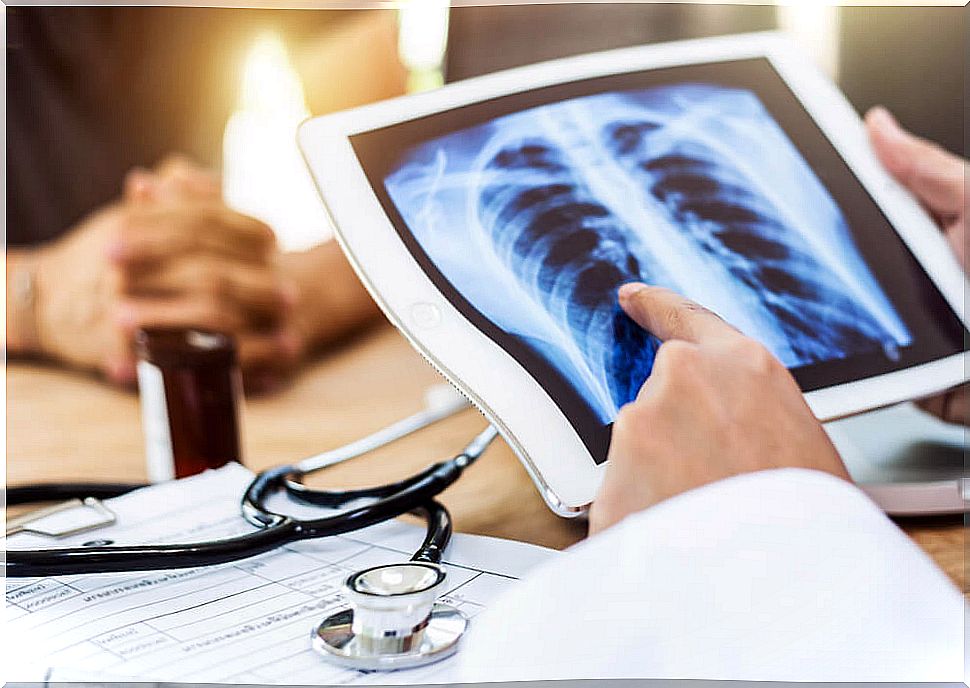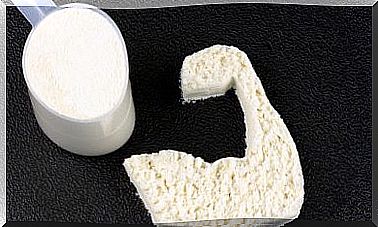Lung Cancer Treatment
The main goal of lung cancer treatment is to kill cancer cells. To do this, chemotherapy, radiation therapy and surgery are combined.
Staging of lung cancer

Lung cancer can spread to any organ in the body, but the liver, brain, and bones are the most common sites.
The stages of this pathology refer to the degree to which the disease has spread to other parts of the body. Staging helps determine how the cancer should be treated. The two types of lung cancer are organized differently. A simplified description of staging is as follows:
CPCNP
- Stage I: Cancer that is confined to the lung.
- Stage II: It is confined to the chest.
- Stage III: It is confined to the chest but with larger and more aggressive tumors than in stage II.
- Stage VI: It has spread to other parts of the body.
CPCP
- Limited stage: confined to the chest area.
- Extensive stage: has spread to other parts of the body.
Broadly speaking, there are two different types of this type of cancer: small cell lung cancer (SCLC) and non-small cell lung cancer (NSCLC). This division responds, in part, depending on its growth and dissemination process.
Small Cell Lung Cancer (SCLC) Treatment

Laser therapy
This is a technique that uses a laser beam (a narrow beam of intense light) to kill cancer cells.
Chemotherapy
This is a treatment for lung cancer (and cancer in general) that uses certain drugs to stop cancer cells from growing, either by killing them or preventing them from dividing. The way chemotherapy is given depends on the type and stage of the cancer being treated.
Radiotherapy
This is a lung cancer treatment that uses high-energy x-rays or other types of radiation to kill cancer cells or stop them from growing. There are two types of radiation therapy:
- External radiation therapy that uses a machine outside the body to deliver radiation toward the cancer.
- Internal radiation therapy that uses a radioactive substance sealed in needles, seeds, wires, or catheters that are placed directly in or near the tumor.
The way radiation therapy is given depends on the type and stage of the cancer being treated. External radiation therapy is used to treat SCLC, and also as palliative therapy to relieve symptoms and improve quality of life. Radiation therapy may also be given to the brain to lower the risk of cancer cells spreading to the brain.
Surgery
It is usually used if the cancer is in only one lung and in nearby lymph nodes only. Even if the doctor removes all the cancer that can be seen at the time of the operation, some patients may receive chemotherapy or radiation therapy after surgery to kill any remaining cancer cells (if any).
Treatment of non-small cell lung cancer (NSCLC)

Radiotherapy
There are two types of radiation therapy for NSCLC:
- Stereotactic body radiation therapy where special equipment is used to place the patient in the same position for each radiation treatment. By having the patient in the same position for each treatment, there is less damage to nearby healthy tissue.
- Stereotactic radiosurgery is a type of external radiation therapy used to treat lung cancer that has spread to the brain. A rigid head frame is attached to the skull to keep the head still during radiation treatment.
Chemotherapy
It is used exactly the same as in SCLC, depending on the type and stage that is being treated.
Targeted therapy
This is a type of lung cancer treatment that uses drugs or other substances to attack specific cancer cells.
These substances usually cause less damage to normal cells than chemotherapy or radiation therapy. Monoclonal antibodies and tyrosine kinase inhibitors are the two main types of targeted therapy used to treat advanced, metastatic, or recurrent NSCLC.
- Monoclonal antibodies: uses antibodies made in the laboratory from a single type of cell of the immune system. These antibodies can identify substances on cancer cells in the blood or tissues that can help cancer cells grow. Antibodies stick to substances and kill cancer cells, block their growth, and prevent them from spreading.
- Tyrosine kinase inhibitors: These are small molecule drugs that cross the cell membrane and work inside cancer cells to block the signals cancer cells need to grow and divide.
Laser therapy
It is used exactly the same as in SCLC, depending on the type and stage that is being treated.
Photodynamic Therapy (PDT)
This is a treatment that uses medicine and a certain type of laser light to kill cancer cells. Photodynamic therapy causes little damage to healthy tissue. It is used primarily to treat tumors in or just below the lining of internal organs.
When the tumor is in the airways, PDT is delivered directly to the tumor through an endoscope.
Cryosurgery
An instrument is used to freeze and destroy abnormal tissue, such as carcinoma in situ. This type of treatment is also called “cryotherapy.”
Electrocautery
This technique uses a probe or needle heated by an electrical current to destroy abnormal tissue.
Surgery
There are four types of surgery to treat NSCLC:
- Wedge resection. Surgery to remove a tumor and some of the normal tissue around it.
- Lobectomy. Surgery to remove an entire lobe (section) of the lung.
- Pneumonectomy. Surgery to remove an entire lung.
- Sleeve resection. Surgery to remove part of the bronchus.
Watchful waiting

This means that the patient’s condition is closely monitored without giving any treatment until signs or symptoms appear or change. This can be done in certain rare cases of non-small cell lung cancer.
Chemoprevention
Chemoprevention involves the use of drugs, vitamins, or other substances to reduce the risk that the cancer will come back (come back). Chemoprevention is used to decrease the chance that a new tumor will form in the lung.
Radiosensitizers
These are substances that make tumor cells easier to kill with radiation therapy. The combination of chemotherapy and radiation therapy administered with a radiosensitizer is being studied in the treatment of NSCLC.
Follow-up tests
Follow-up tests are necessary in the treatment of lung cancer. These will be done periodically after the treatment has finished.
The results of these tests can show if your condition has changed or if the disease has recurred (come back). These tests are sometimes called follow-up exams or checkups.








